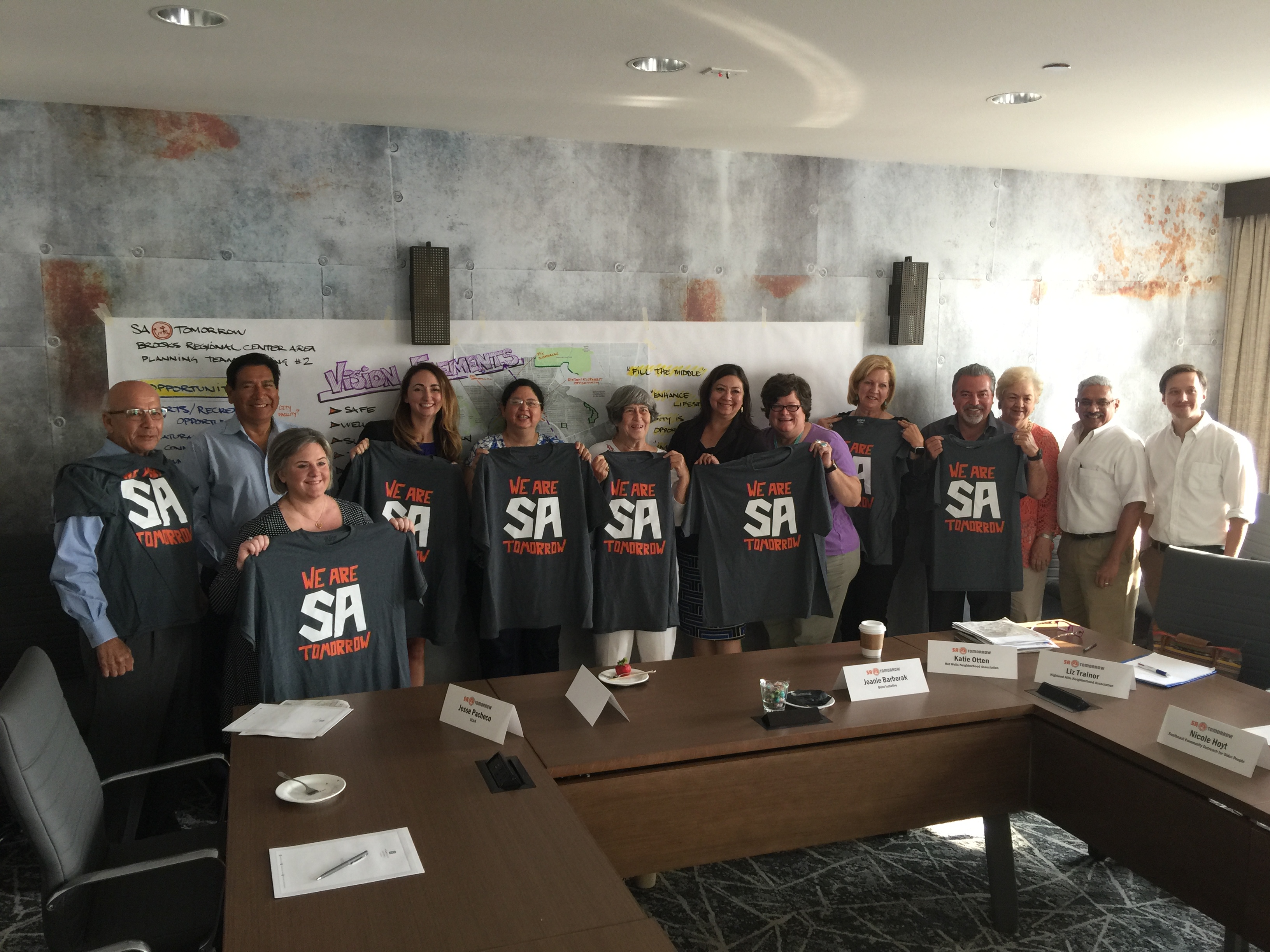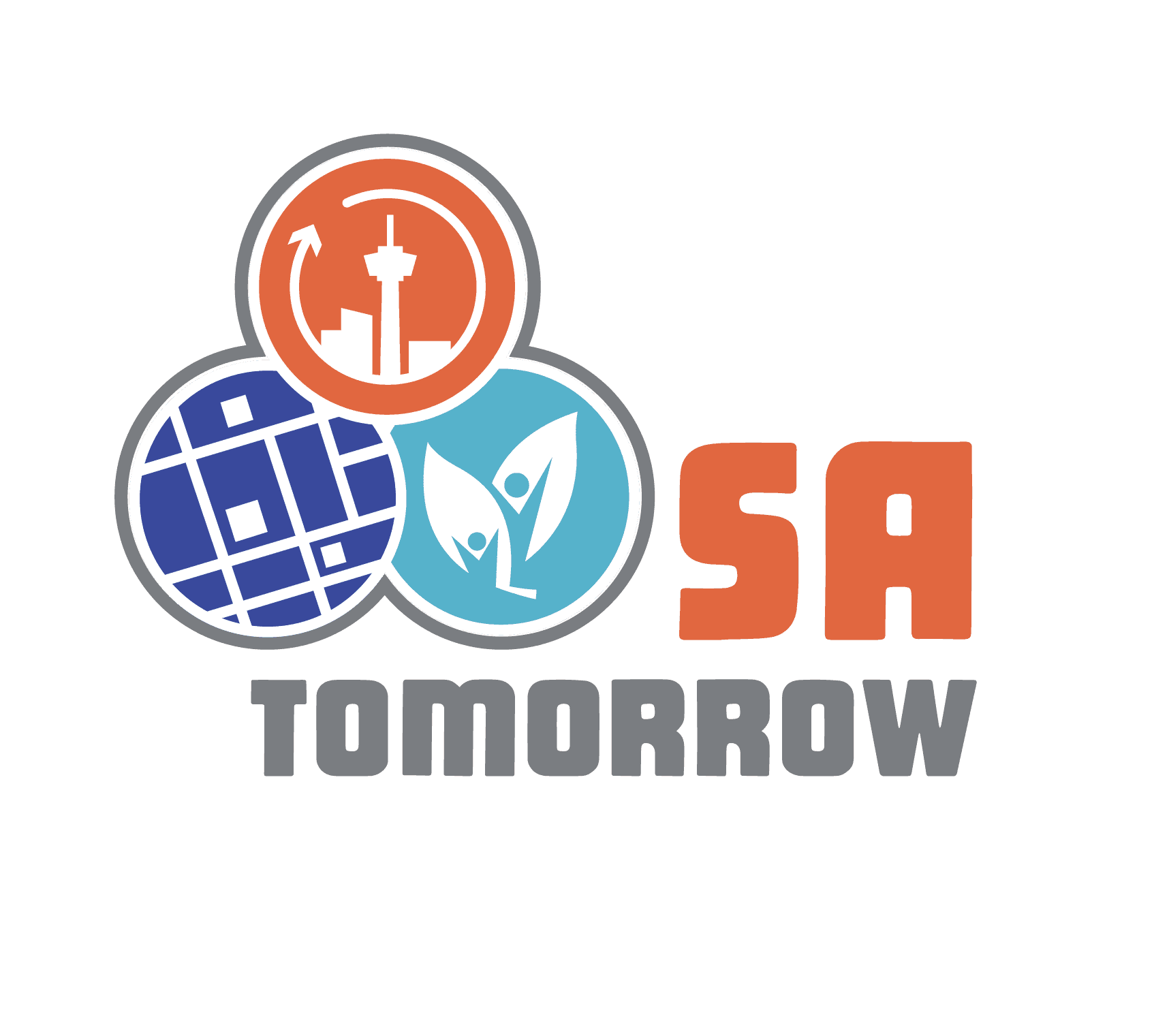Process & Timeline
Process
The process of developing the NE I-35 and Loop 410 Area Regional Center Plan was approximately three years from project chartering to City Council adoption. Regional Center and other Sub-Area Plans are typically completed within eighteen months, but impacts from the COVID-19 pandemic required adjustments to the timeline. Throughout the process, Planning Department staff worked with a wide range of community stakeholders that inlcuded neighborhood residents and organizations; business and property owners; area employers; educational and non-profit institutions; business and trade organizations; and relevant City departments to create a realistic and implementable plan for the NE I-35 and Loop 410 Area Regional Center.

"San Antonio is planning boldly to ensure our great City captures the type of growth and economic development that will lead our community into the future and provide benefits to all our residents. "
-
I
Phase 1: Project Chartering
The first phase of the project focused on project chartering, which included determining the Planning Team membership and finalizing the detailed plan area boundaries. Phase 1 also included an analysis by the Project Team to refine estimates for capture of growth in all regional centers and to determine how total projected growth for the City should be allocated into each Regional Center, and more generally to the future high capacity transit corridors as delineated in the adopted Comprehensive Plan.
-
II
Phase 2: Analysis and Visioning
The second phase of the project focused on assessing the existing conditions and growth capacity of the Template Regional Center. The Planning Team and community members provided direction on visioning and goal setting for the Template area. The analysis and refinement of existing conditions helped ensure that the vision and goals for the Template Regional Center are grounded in the proper context.
-
III
Phase 3: Plan Framework
The third phase of the project focused on working with the community and stakeholders to establish the Plan Framework. The Framework includes land use and urban form, identification and planning for catalytic sites, infrastructure and utilities planning, mobility and connectivity for all modes, public realm and placemaking, and place types.
-
IV
Phase 4: Recommendation and Implementation Strategies
The fourth phase developed specific projects, programs, and policies to affect change in the Template Regional Center. This phase also included the development of specific, action-oriented implementation strategies and recommendations for potential funding sources.
-
V
Phase 5: Documentation and Adoption
The last phase of the project was devoted to converting this project website into the final ePlan for the Template Regional Center, creating the Executive Summary, and guiding the plan through the approval and adoption process. The Project Team met with City departments and other partners to develop critical next steps to support implementation of the plan.
We'd love to hear your feedback.
The SA Tomorrow Plan
San Antonio is planning boldly to ensure our great City captures the type of growth and economic development that will lead our community into the future and provide benefits to all our residents. Visit this website to learn more about the Comprehensive Plan and what we’re doing to make San Antonio a diverse and thriving community.
